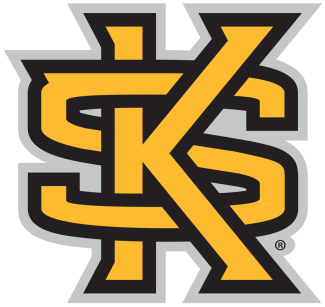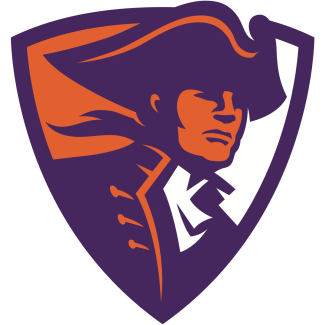US Lacrosse Magazine has partnered with Blaxers Blog to produce a series of stories that illuminate the minority lacrosse experience and promote the accomplishments of those individuals who have defied stereotypes to succeed in the sport.
Read more about Blaxers Blog and the content partnership here.
Showing humility and perseverance speaks volumes about one’s character. Legendary goalie and coach Bill Daye embodies these key traits as he reflects upon his illustrious career and committed service to the lacrosse community.
“Don’t take no for an answer,” Daye said. “Be the hardest working person in the room and have fun with whatever you choose to do.”
After graduating from North Carolina in the spring of 1993, Daye received several invitations to play post-collegiate club lacrosse. His senior year ended with an injury, and the final months of his collegiate career were “tough,” he said.
Once he settled into the post-collegiate club circuit, Daye made an impact. He first helped MAB Paints win the 1993 Vail Lacrosse Shootout Championship. MAB Paints is currently known as GMH Philadelphia LC.
Securing the 1993 Vail title reassured Daye that he was good enough to play and win at a high level.
A week later, Daye’s 16-save performance earned himself another championship, as he led the MR Ducks in the 1993 East End Cup tournament hosted at Southampton College.
“From a mental perspective, winning those titles was more important to me coming off an injury that made me miss my senior year,” Daye said.
In a postgame interview with Long Island’s Newsday, Daye described the East End Championship win as “a great way to find out that my neck injury is behind me.”
In 1994, Daye took his talents to the USCLA (United States Club Lacrosse Association) while playing for the storied Mount Washington Lacrosse Club and split time in goal with Towson great Dave Linthicum. Daye said that he missed the 1995 championship game against Long Island LC due to a meniscus tear that occurred versus MAB Paints the week prior.
Founded in 1960, the USCLA served as the top-tier level of post-collegiate lacrosse before the creation of professional outdoor lacrosse. Legends such as the Gait Brothers and David Pietramala competed against Daye on the summer circuit during their weekends solely for the love of the game.
These de facto professional teams included the esteemed likes of Mt. Washington LC, Brine LC, MAB Paints/GMH Philadelphia, Team Toyota, Lax World/DeWALT LC and NYAC.
Stacked rosters from the USCLA provided the framework for Major League Lacrosse to follow during the 2000 MLL Summer Showcase tour and the league’s launch in 2001.
The USCLA experienced a merger into the American Lacrosse League (ALL) in 2007.
Daye went on to be one of the most influential Black athletes in lacrosse history. In 2001, Daye and Brian Silcott became the first Black lacrosse players to play professional outdoor and indoor lacrosse.
In 2006, Daye and Silcott made history as the MLL’s first Black head coaches with the Boston Cannons and San Francisco Dragons, respectfully. And since 2017, Daye has been the Nike Team Category Sales Director for its Eastern Region operations.


























































